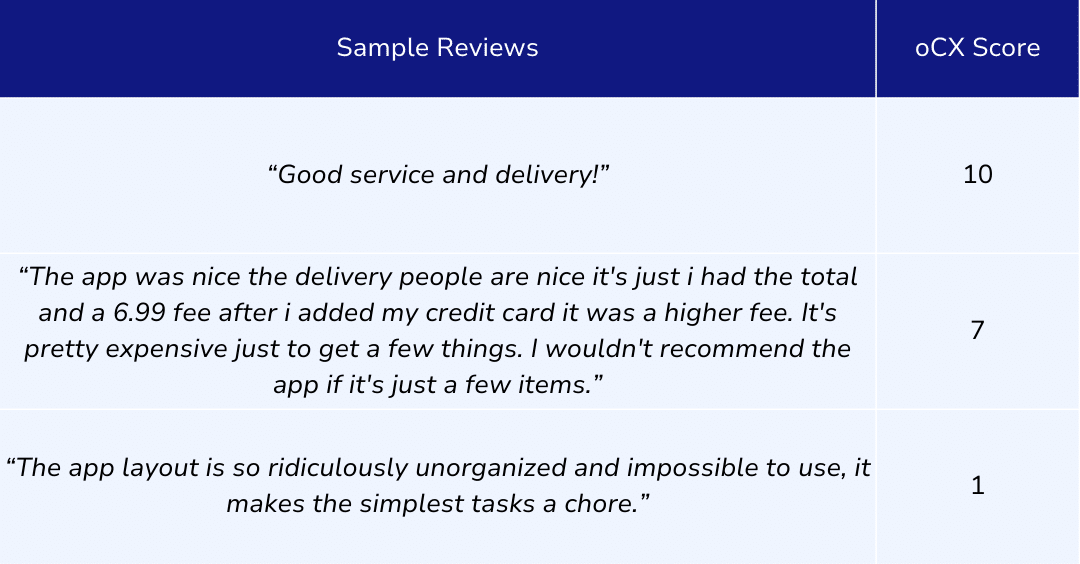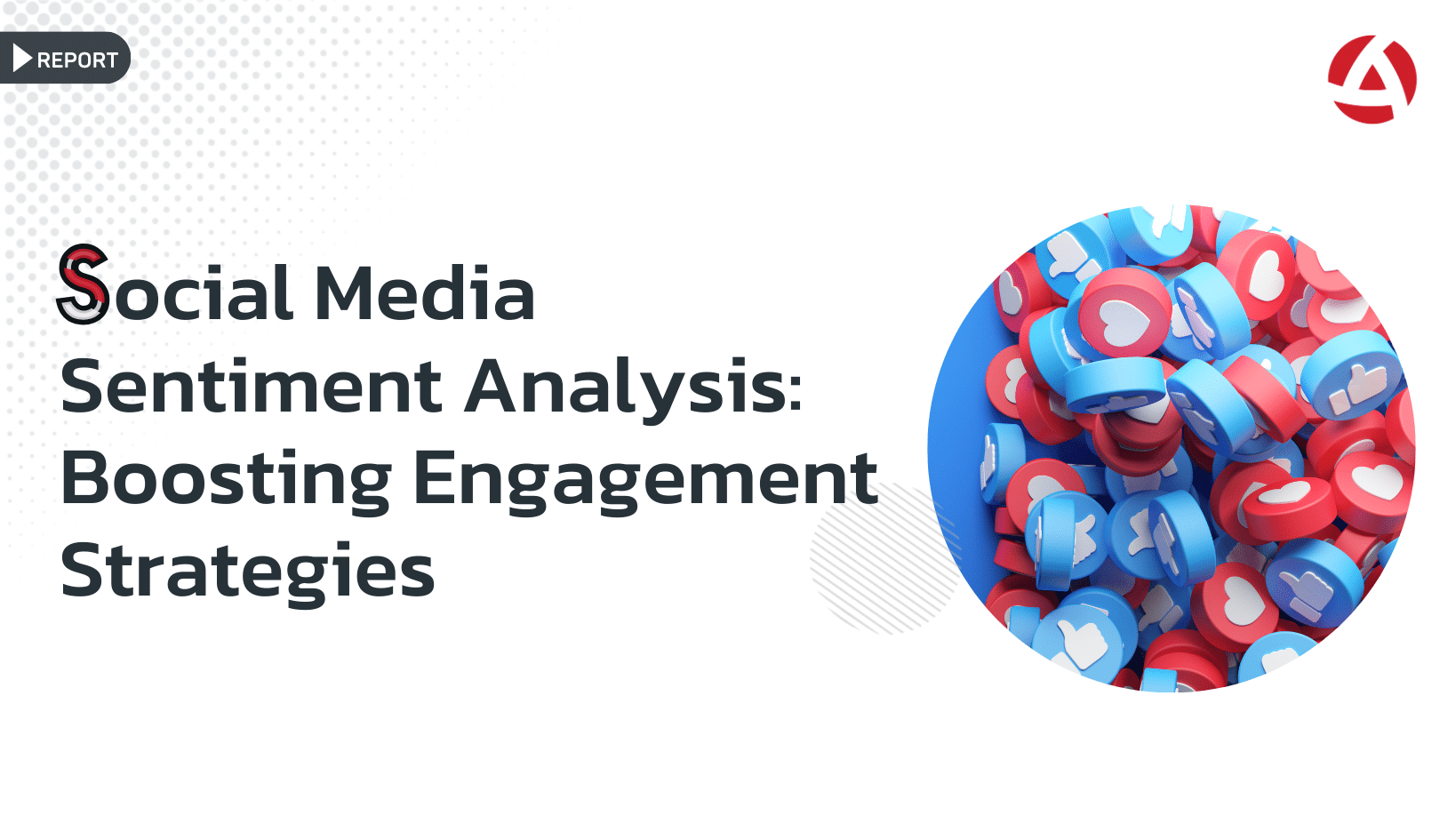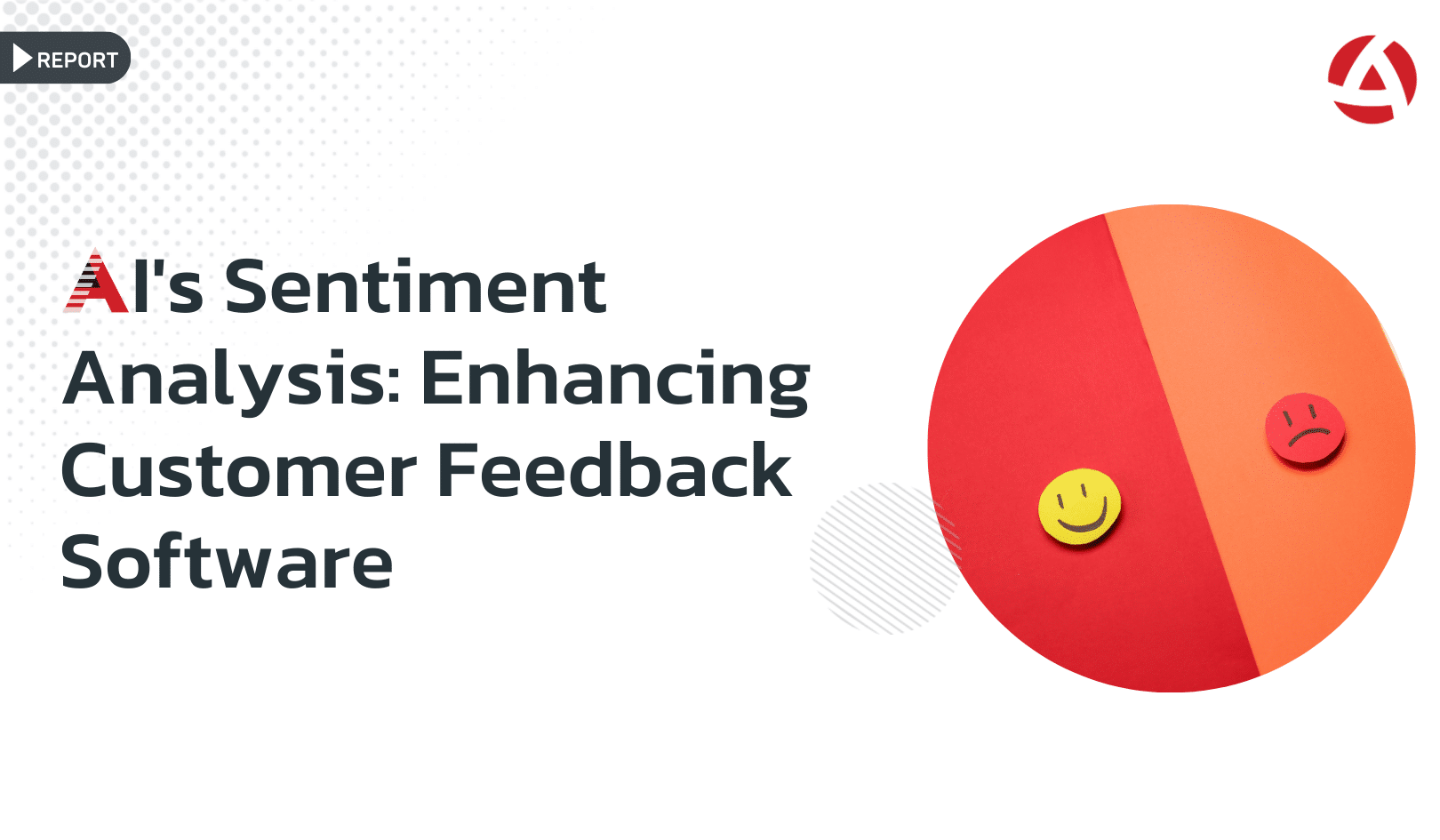In the realm of customer experience (CX) evaluation, metrics like Net Promoter Score (NPS), Customer Satisfaction Score (CSAT), and Customer Effort Score (CES) have long been the cornerstone of understanding customer sentiment. However, as the landscape evolves and the volume of unstructured data grows exponentially, there’s a rising star on the horizon: Observational Customer Experience (oCX) metric.
oCX, also known as “Observational Customer Experience,” represents a revolutionary approach to assessing customer experience quality, eliminating the need for traditional surveys. Powered by AI technology, oCX examines the unprompted feedback shared by customers across social media, review platforms, and other online channels. By capturing and analyzing these authentic customer judgments expressed in their natural environment, oCX provides an accurate measurement of a company’s customer experience without relying on structured survey responses. In essence, it allows businesses to gauge customer sentiment “in the wild,” offering invaluable insights into the true quality of their customer interactions.
By harnessing AI capabilities to analyze written-text comments, oCX effectively anticipates how each observed customer might rate their likelihood of recommending a product or service to a friend on a scale of 0 to 10. This predictive model allows oCX to generate an NPS-like score, providing a reliable estimate of the business’s potential survey-based NPS outcome. This innovative approach ensures accuracy and consistency in evaluating customer sentiment and overall satisfaction levels, as demonstrated in the “Sample Reviews” box below.

Unlocking Actionable Insights from Unstructured Feedback
According to multiple analyst estimates, 80-90% of the data are unstructured data like text, video, audio, web server logs, social media, and more. That’s a huge untapped resource with the potential to create a competitive advantage for companies that figure out how to use it.
Unlocking the potential of unstructured feedback, oCX offers a deeper understanding of the customer experience. Unlike traditional metrics reliant on structured survey data, oCX interprets written text to provide a more authentic reflection of customer sentiment. As unstructured data continues to dominate the information landscape, oCX emerges as an invaluable tool for extracting genuine insights and driving actionable decisions based on the nuances of customer feedback.
How is oCX calculated?
The calculation of oCX involves a meticulous process orchestrated by our team of skilled data scientists. Each customer review is meticulously assigned a numerical score between 0 and 10 using sophisticated methodologies like Gaussian Mixture Model and sentiment analysis. By integrating text-based feedback with the corresponding oCX score, we distill the essence of each customer’s viewpoint into a single, comprehensive number. Through extensive analysis of a substantial volume of comments, we’ve achieved a high level of confidence in consistently aligning these scores. This method allows us to extract an NPS-like overall score, distinguishing between scores from 0 to 6 and 9 to 10, enabling us to authentically observe the quality of customer experiences within their natural contexts, free from the limitations of traditional surveys.
Harmonizing Traditional Metrics with oCX
Unlike NPS and CES, which primarily focus on specific touchpoints or transactional experiences, oCX delves into the realm of unstructured data, offering a deeper understanding of the overall customer experience. By analyzing written text from customer reviews, comments, and feedback, oCX captures the nuances and subtleties that may not be reflected in traditional survey responses. This approach not only provides a more holistic view of the customer journey but also uncovers insights that can drive meaningful improvements.
Furthermore, oCX complements NPS and CES by offering a qualitative dimension to complement their quantitative data. While NPS and CES provide valuable quantitative metrics, oCX adds qualitative richness by capturing the sentiment, emotions, and context behind customer feedback. This holistic approach enables businesses to gain a comprehensive understanding of customer perceptions and preferences, empowering them to tailor their strategies and initiatives accordingly.
In conclusion, oCX serves as a valuable complementary metric to NPS, CES, and other traditional CX metrics. Its ability to harness unstructured data, provide qualitative insights, and align with evolving consumer behaviors makes it an indispensable tool for businesses looking to elevate their customer experience strategies. By embracing oCX alongside existing metrics, organizations can gain a more comprehensive understanding of their customers and drive continuous improvement in the pursuit of CX excellence.
Currently oCX reports are available for brands in online food delivery, online marketplaces and fintech for download. We are adding new verticals every month, feel free to reach out to us to learn about our new reports.
Written by Poyraz Ozkan




